When talking about branding, most people immediately think of the audience-facing visual elements of a brand: the logo, the custom typeface, the color palette, etc. While these visual elements are all integral parts of brand identity, what’s most often overlooked is the notion of a brand voice. A brand’s visual identity goes hand in hand with its voice — one cannot exist solely without the other as they complement each other and contribute to building a holistic personality.
Let’s take a look at what a brand voice is, why it’s important, and how to craft and define it.
What is a Brand Voice?
Brand voice is the audience-facing, distinct personality that is consistent and evident across all communication touchpoints. This voice usually manifests across a brand’s website, social media posts, blog posts, ads, emails, etc. An easy way to envision this would be to imagine your brand as a person. Are they playful and humorous or serious and knowledgeable? Are they your close friend, an expert mentor, or a helpful colleague? What phrases, vocabulary, and stylistic choices do they routinely use when talking to you? If the way a person talks is part of their personality, the way a brand communicates is likewise a part of their identity, positioning, and overall distinctiveness.
Here are some examples of what different types of brand voice might look like:
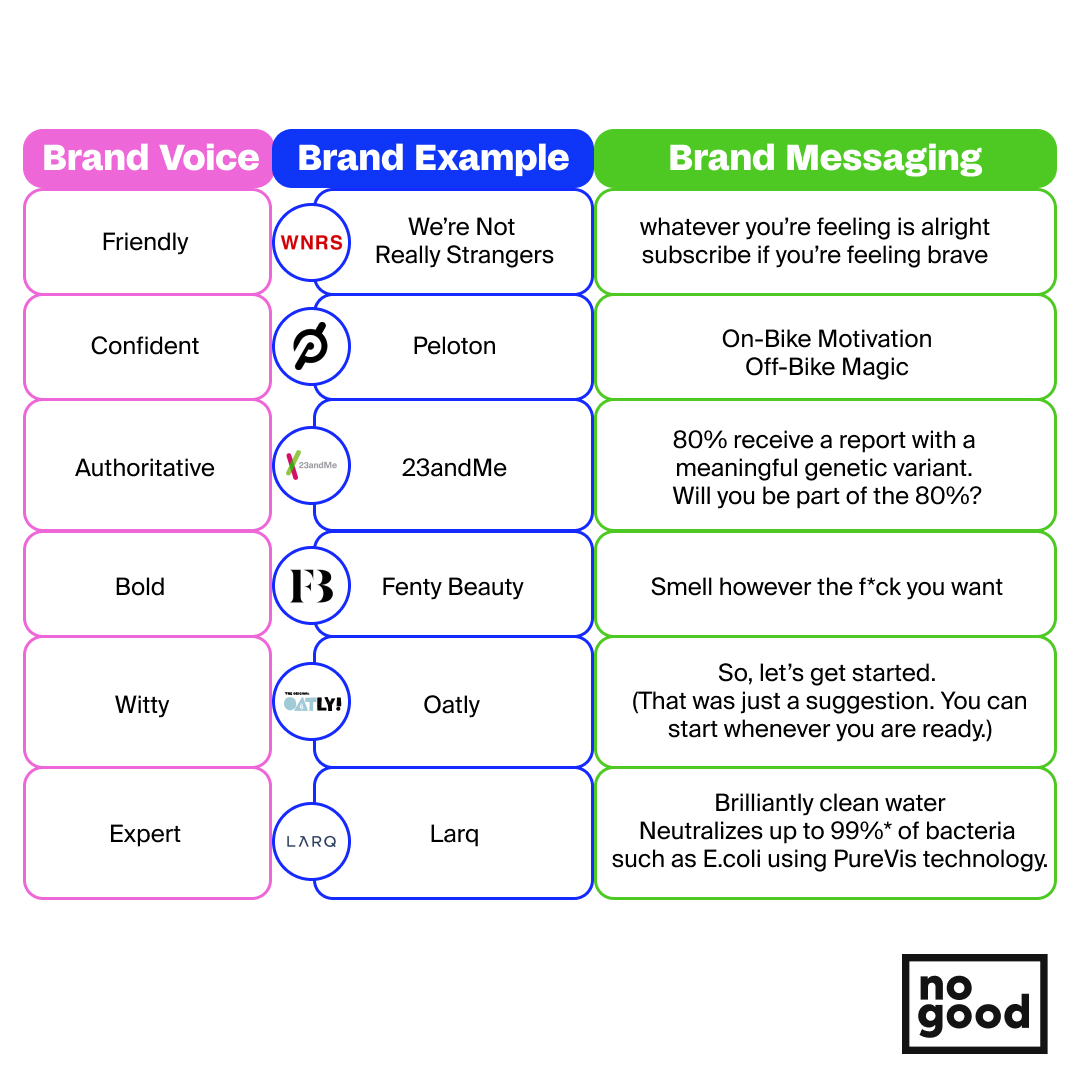
Another way to understand and perceive different brand voices is through the 12 Jungian Archetypes. Swiss psychiatrist Carl Jung developed these archetypes as a way to describe universal, inborn models of people, behaviors, and personalities that play a role in influencing human behavior.
According to Jungian psychology, the 12 archetypal figures include:
- The Ruler
- The Creator/Artist
- The Sage
- The Innocent
- The Explorer
- The Rebel
- The Hero
- The Wizard
- The Jester
- The Everyman
- The Lover
- The Caregiver
Jung also suggested that the number of existing archetypes is by no means fixed; they are instead dynamic and overlapping, often creating new archetypes that are a combination of two or more of the 12 classic archetypes. For example, Peloton’s confident voice manifests as a combination of the ruler and the hero, while Oatly’s witty voice can be a mixture of the rebel and the jester.
One common mistake is seeing brand voice and tone as interchangeable terms. A brand voice should be an overarching personality that is relatively consistent across the board, while brand tone can vary across different social media platforms, audiences and intentions. Simply put, a brand’s voice is more about who they are and what they stand for on a macro level, and tone is more about how they communicate it at each micro touchpoint.
Why is Having a Brand Voice Important?
There are 3 main reasons why having a brand voice is important:
- It differentiates your brand from competitors
- It helps you adapt to your target audience
- It creates a stronger relationship with your audience
These 3 reasons each correspond to an aspect of a well-crafted brand voice that is:
- Distinctive
- Targeted
- and Consistent.
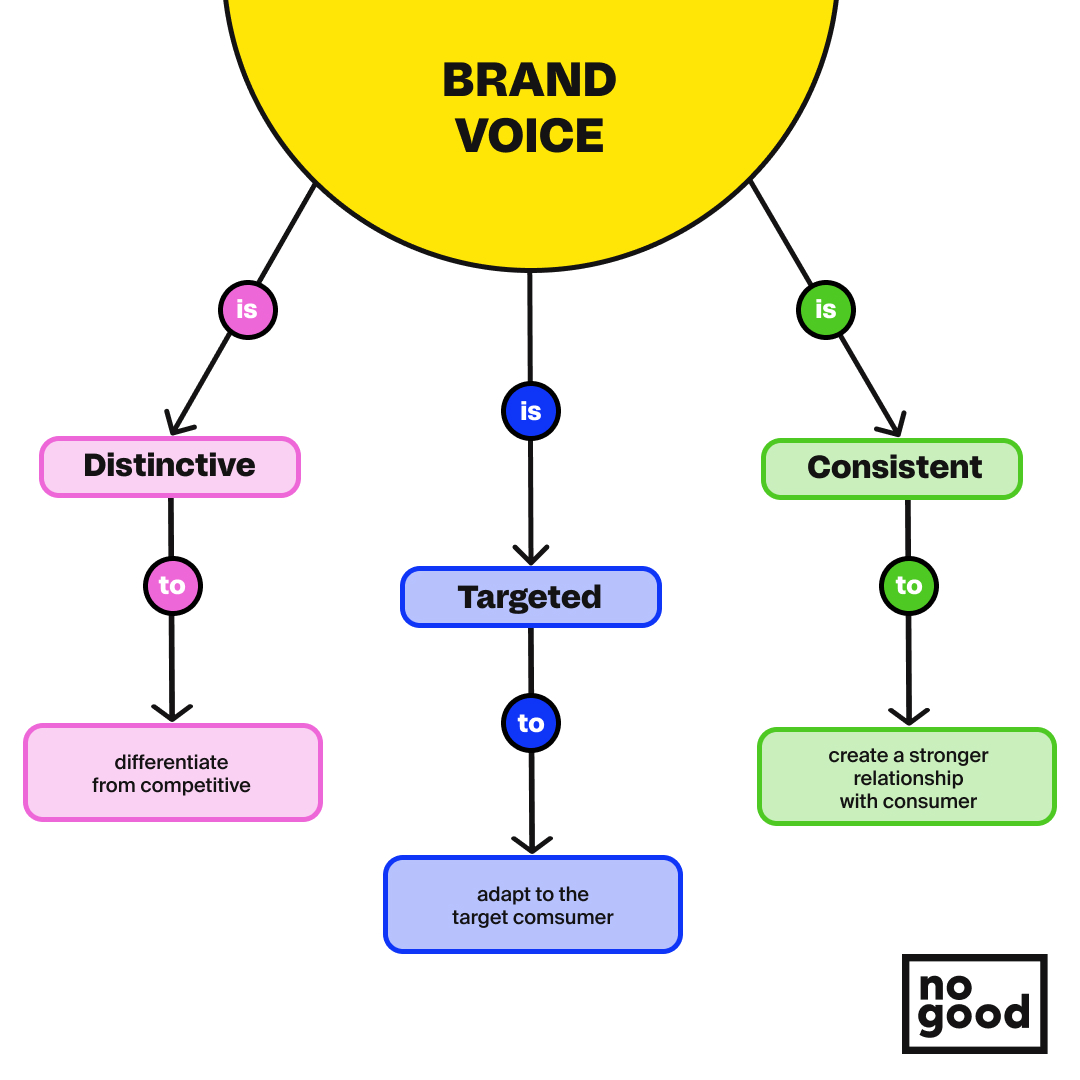
First things first, having a brand voice is important because its distinctiveness allows you to differentiate from similar brands and competitors in the field. While product differentiation initiatives or price adjustments may take longer to plan and implement, refining the way that your brand communicates is an easy and effective way to stand out in the crowd. This is especially true for more low-involvement products like oven mitts or dish sponges — a fact to which brands like Staff and Scrub Daddy are certainly a strong testament to.

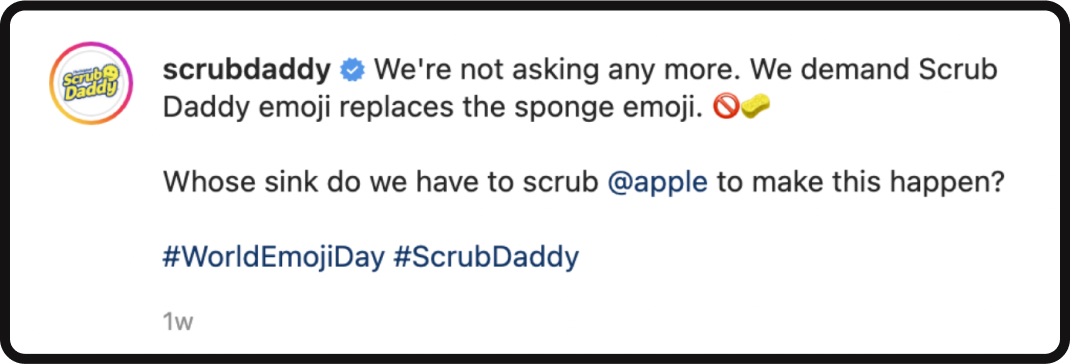
Brand voice is also important because its targeted nature helps brands adapt to the needs and preferences of their target consumer. Different consumer groups communicate and receive information in different ways, and brands should recognize and cater to that. For example, a digital-savvy Gen Z TikToker would likely respond better to a more playful and witty voice, while a benefits-focused industry professional might feel more comfortable with a brand that speaks with an authoritative, confident voice.
The last and arguably most crucial aspect of brand voice is consistency, which allows brands to be easily recognizable and creates a stronger relationship with target consumers. Presenting a brand consistently across all platforms can increase revenue by up to 23%; this means using the same voice (but not the same tone!) across ads, website pages, and all social media channels. The value of consistency comes in brand recognition, as repeated exposure to a strong brand identity gives consumers a strong understanding of who the brand is and what they stand for. It’s a straightforward — but vital — formula of consistency and familiarity: the more times the same thing shows up, the more familiar someone will be with it.
Of course, brand voice also serves the overarching purpose of crafting a unique and recognizable brand image and identity. The top two reasons consumers unfollow brands on social media are because they’re no longer interested or because the content they’re seeing is irrelevant to the brand. Brand voice impacts both of these reasons. If a brand’s voice is not distinctive enough or isn’t targeted to its audience, consumers will naturally lose interest. If a brand’s voice doesn’t maintain consistency across time, consumers will start to perceive inconsistent content as irrelevant or inauthentic.
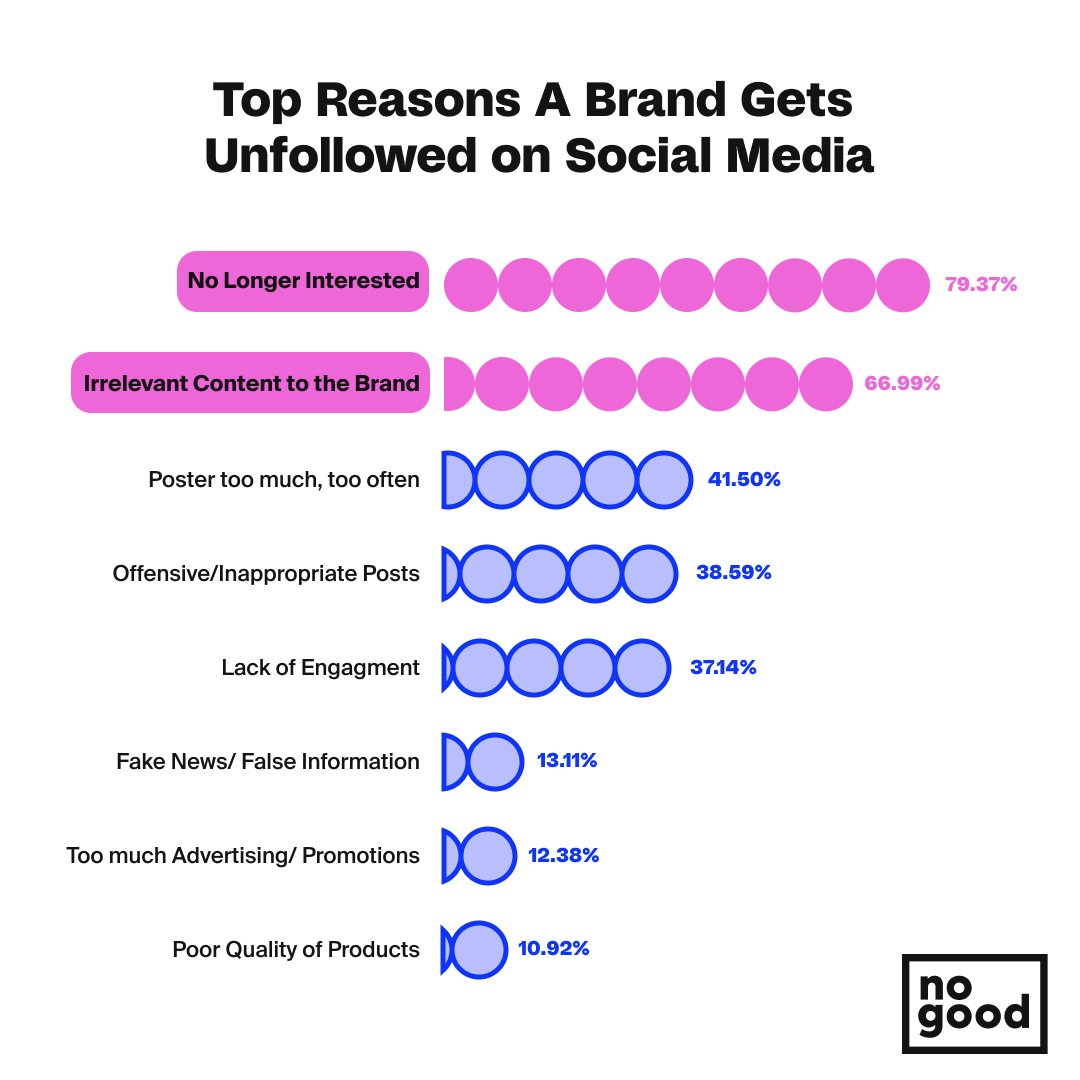
How to Craft Your Brand Voice
Crafting a brand voice that is both effective and authentic to your brand identity is a challenging task — one that is filled with competing paradoxes. Your brand voice must be consistent while also adaptable, distinctive but familiar, and autonomous while also being interdependent. The upside of this complexity is that the brand voice becomes less of a fixed entity and more of a living, breathing personality that evolves in tandem with the brand’s growth.
To make things simple, here are some do’s, don’ts, and examples to help you when developing your brand voice:
Do: Include TOV in Your Brand Guidelines
Brand voice is as much a part of a brand as its logo, typeface, and color palette, so it should be a part of the brand guidelines. While most tend to see the brand guideline or style guide document as the creative team’s responsibility, copywriters and strategists should be involved in the process as well.
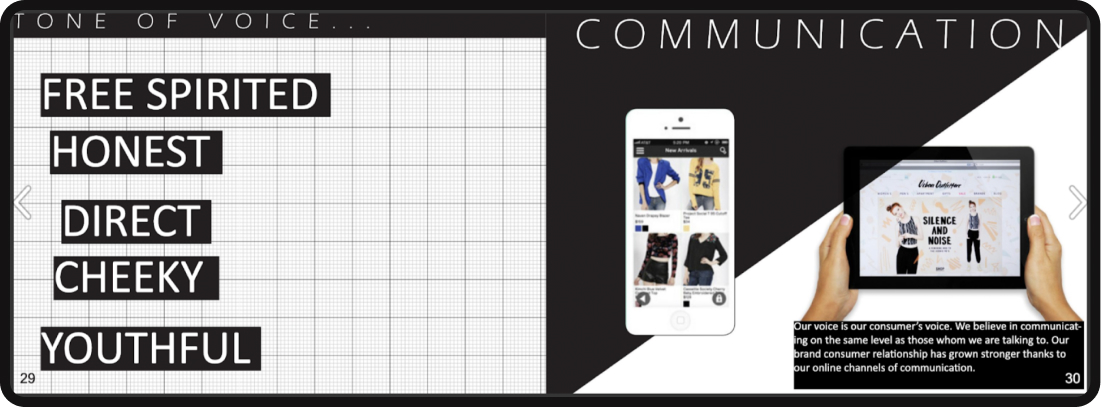
Urban Outfitters, for example, includes tone of voice in their brand guidelines by listing out the traits of their brand’s personality. They emphasized the importance of having a brand voice, and framing their voice in response to their target customer in order to build a stronger relationship with their audience.
Here are some components to include in a brand voice guideline:
- The brand archetype(s) (e.g. the hero, the lover, the wizard, etc.)
- The brand personality (e.g. free-spirited, confident, witty, etc.)
- Copywriting Do’s and Don’ts (We say this, instead of this)
- A commonly used vocabulary or term sheet
- Specific nuances to note when communicating on different channels
Even though it’s important to include a brand voice as part of your brand guidelines from the get-go, this is by no means a one-time event. A brand voice guideline is a working solution and a living document that can and should be updated as new channels are introduced or new products are being offered. As a rule of thumb, the brand voice guideline should be updated quarterly to stay consistent with how the brand grows and develops and to ensure that it stays relevant across time.
Don’t: Forget to Adapt to Different Platforms
Brand voice is consistent, but not inflexible. While your voice remains stable across various marketing materials, the specific tone of communication should adapt to different platforms in order to account for minor audience or behavioral idiosyncrasies.
Heaven by Marc Jacobs is a prime example of having a consistent brand voice with shifting tones for different platforms. The Heaven by Marc Jacobs voice is quirky, casual, and young — and that’s clear across all audience-facing communications — but that doesn’t mean that they’re not conscious of the distinct purposes that different platforms serve. Since Instagram focuses on community engagement and regular brand updates, its communication tone is light and playful with emojis and uncapitalized text. Their website, on the other hand, requires a more informative angle with additional details about their collections and collaborations. Heaven by Marc Jacobs maintains their quirkiness on their website with capitalized text and a matter-of-fact tone, but the copy is longer and more serious than it is on their Instagram.
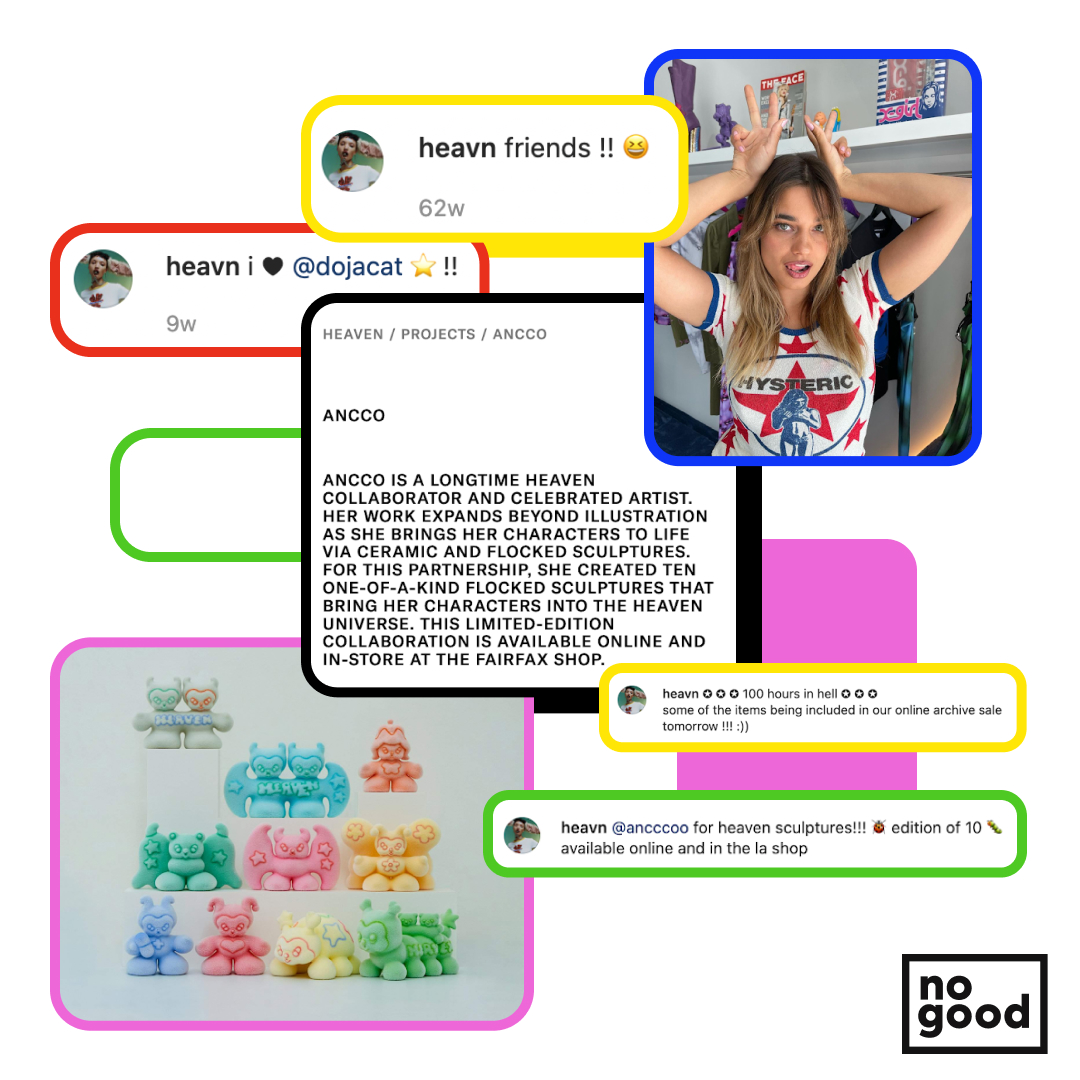
Do: Understand the Purpose of Your Communication
Behind every distinct brand voice is a strong understanding of the purpose of every piece of communication. When crafting a brand voice, it’s easy to get bogged down by careful stylistic choices and personality-fueled rhetoric, but it’s equally important to always be aware of what and why you’re trying to communicate with your audience and how you can make that intention clear.
Youthforia’s brand voice aims to be lighthearted and youthful, which should help and not hinder its purpose of communicating its mission statement: to help people look good, feel good, and do good. Youthforia strikes a balance between youthful humor and clear value propositions, which is particularly important for a newer brand that was founded just 2 years ago.
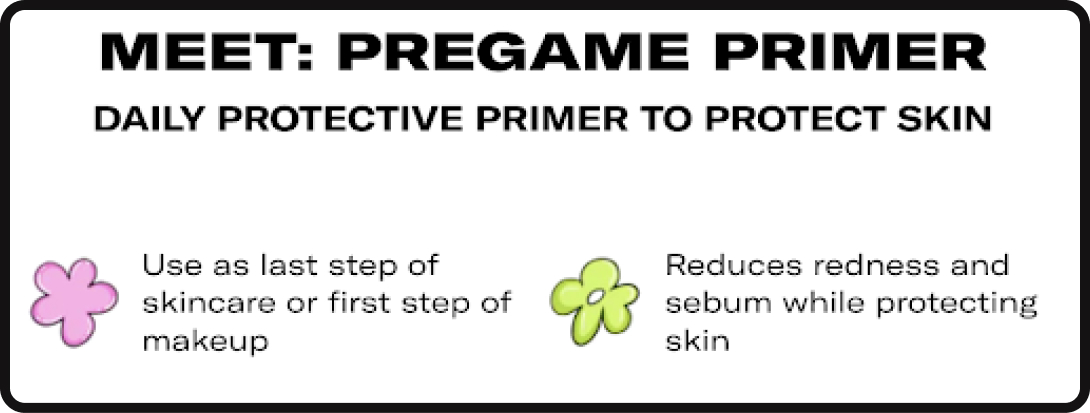
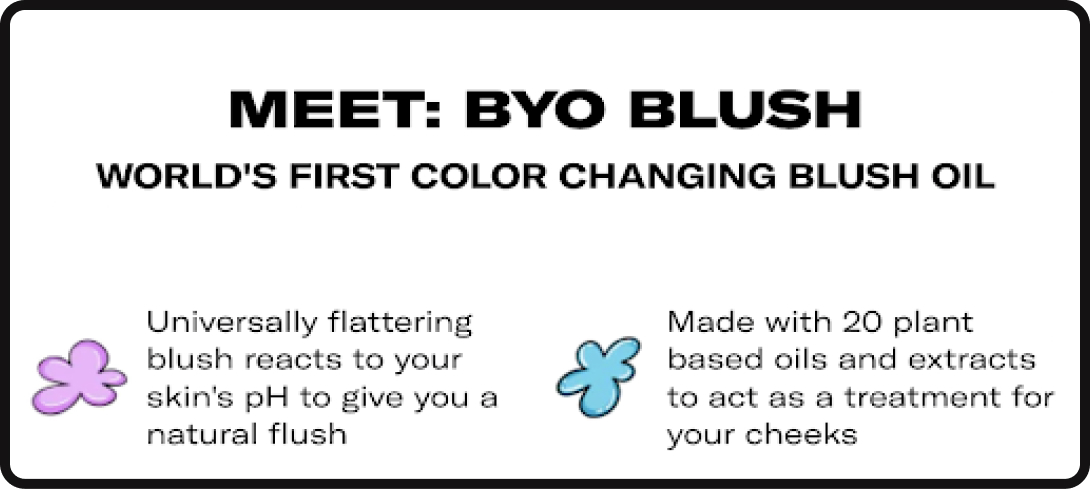
Building a brand voice is more than just determining what you sound like, it’s also about defining who you are. Youthforia’s copy uses Gen Z diction of “pregame” and “BYO”, but it doesn’t shy away from its purpose of being a clean and plant-based beauty brand; more scientific words like “sebum” and “pH” are woven into the copy in such a way that their communication is both expressive and intentional.
Don’t: Blindly Chase Trends or Misuse Slang When Targeting the Younger Generation
As Gen Z continues to grow in purchasing power, many brands are shifting their voice and communication style to appeal to the younger generation. Granted it is necessary for certain brands (that are targeting the younger generation) to adapt to new consumer preferences, chasing trends and adopting slang can fall into dangerous territory if it’s done without an adequate understanding of the cultural landscape of your target market.
Brands need to be funny, but not cringe. Communications should be on trend, but only if it’s done in a way that’s timely and intentional. Using slang can be a fun way to integrate personality into your brand voice, but it’s a slippery slope of being playful without trying too hard to fit in. Gen Z consumers value authenticity more than ever, so misusing slang for the sake of “trendiness” is not the way to attract younger consumers.
Recess is a brand that always stays on top of the pulse yet stays true to their brand personality and voice nonetheless. Their jokes and memes are timely, their voice doesn’t deviate from their original playbook, and they manage to adapt their voice throughout time in a way that feels organic and authentic.
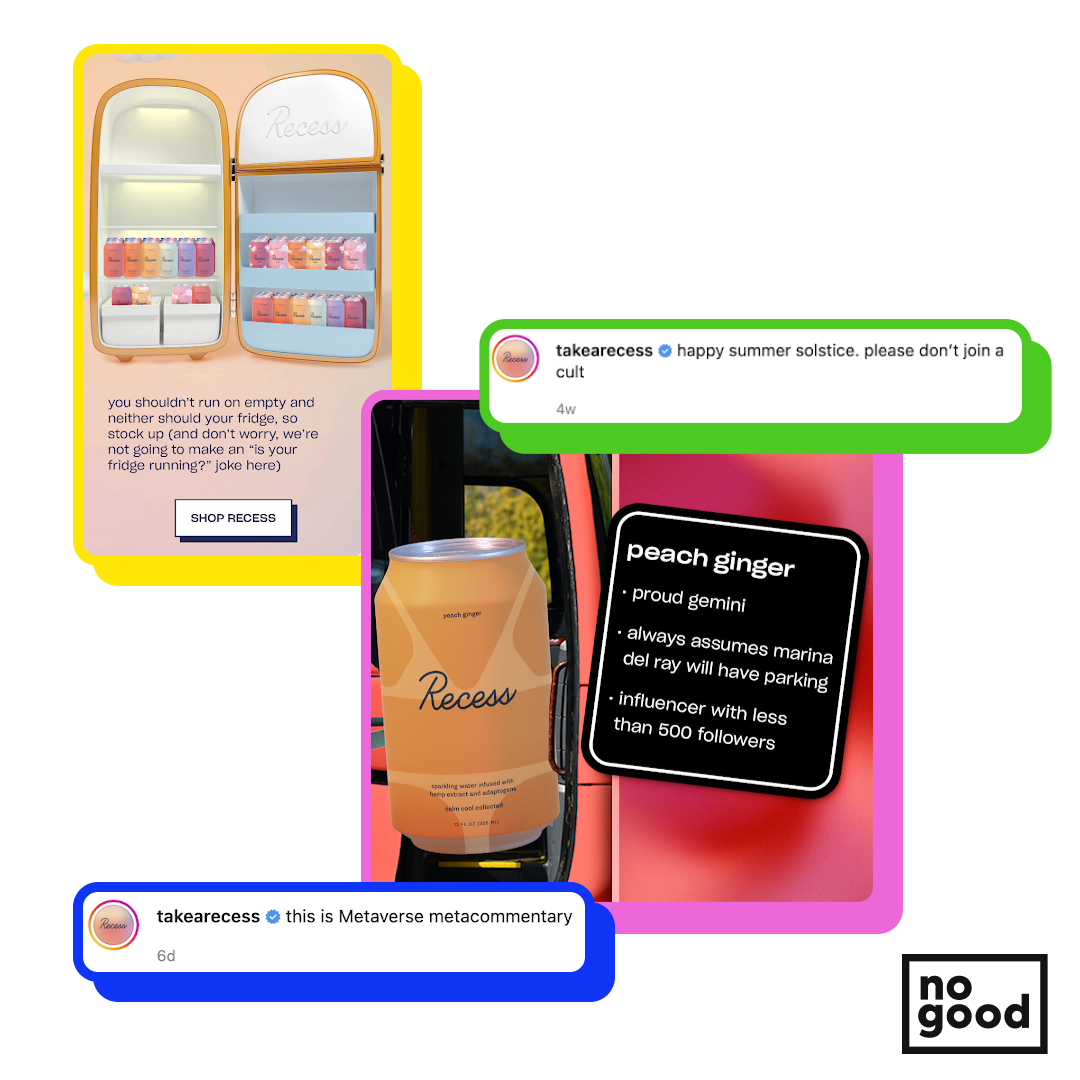
Do: Customize your CTAs (Call To Actions)
Forget the “Shop Now”s and the “Submit”s. Having a distinctive brand voice means not defaulting to generic CTAs, especially when CTAs offer such a good opportunity to showcase your brand personality. Imbuing your CTAs with your unique brand voice not only adds to your overall brand personality, it also stimulates higher engagement and creates more memorable impressions on potential consumers.

In terms of CTAs, Starface never disappoints. Instead of “Subscribe Now” for their newsletter sign-up, they have “Blast Off”. Instead of “See More” on their product pages, they use “Meet Them All”. Their shopping cart tab even features a slightly pushy but humorously tongue-in-cheek “Go Shopping”.
Tell Your Story with a Distinctive Brand Voice
At the end of the day, brand voice is about telling a story. It’s about telling your consumers who you are, what you stand for, and what you can offer to them. Whether your tone is serious or playful, whether you’re working in content marketing or performance branding, crafting a distinctive brand voice matters — from both a brand and a strategy perspective.




